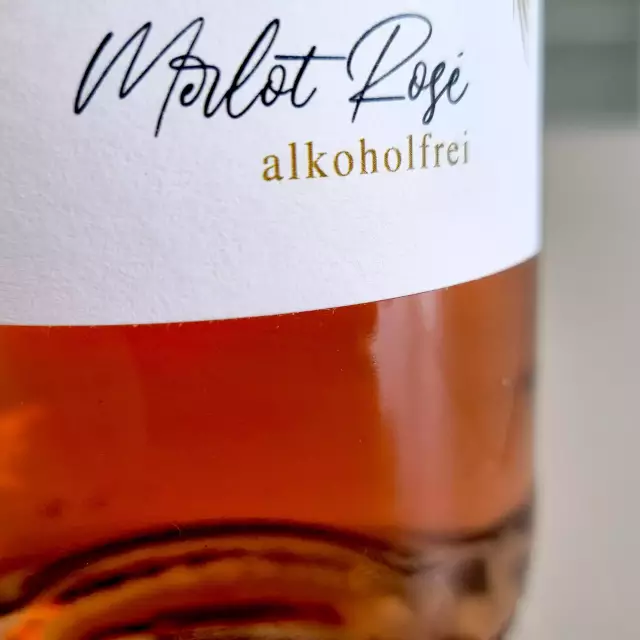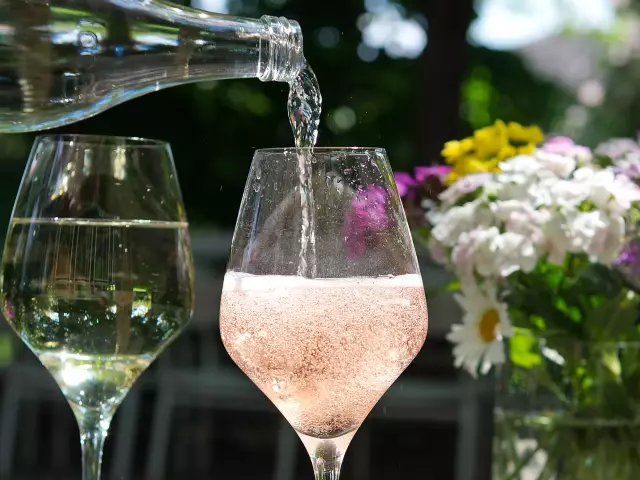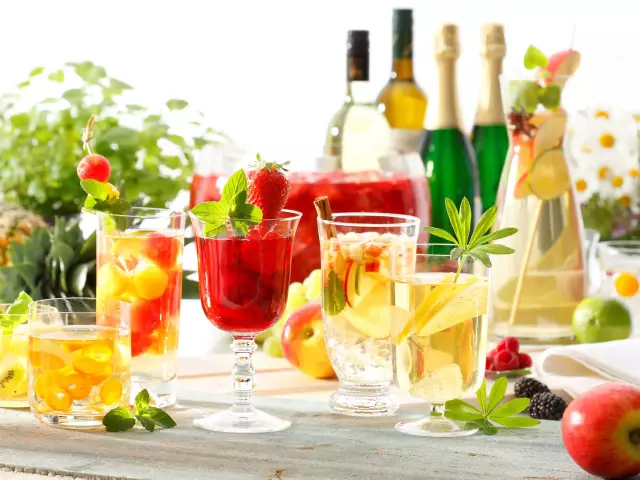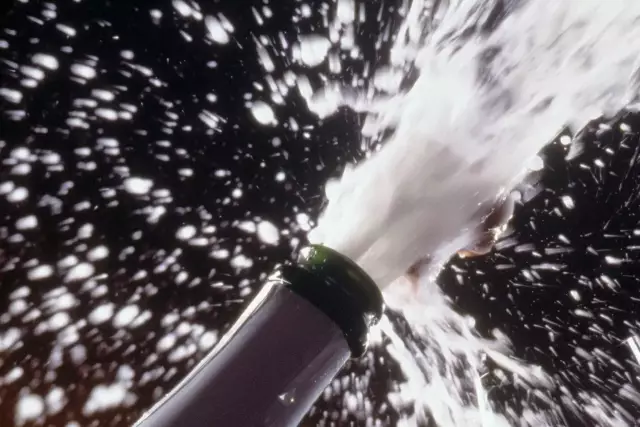Non-alcoholic wines and sparkling wines

Although they are one of the smallest segments in the wine industry, the demand for dealcoholised wines is growing.
Facts
-
< 1%
Market share
-
15%
Awareness
-
< 0.5 % vol.
Alcohol
The range of dealcoholised wines and sparkling wines from wineries, winegrowers' cooperatives and commercial wineries has increased significantly in recent years. The taste of dealcoholised wines has also developed positively.
Number of producers on the riseA search for wine producers who offer alcohol-free wines, sparkling wines or secco now returns over 60 results (2022).Low level of awareness
Following the trend towards dealcoholised wines and sparkling wines, the market research institute Nielsen conducted a consumer survey on the consumption of dealcoholised wines and sparkling wines in spring 2020. 16,883 respondents from the Nielsen household panel were comparatively unaware that there is also wine without alcohol. Only 15 per cent of respondents were aware of non-alcoholic white wine, twelve per cent of the red and nine per cent of the rose-coloured alternative. Of these groups of people, around a quarter had already drunk the specified non-alcoholic type of wine. The level of awareness of non-alcoholic sparkling wines was significantly higher at 53 per cent. Almost two thirds of people who were familiar with non-alcoholic sparkling wines had already consumed them.Making alcohol-free wines
In order to produce alcohol-free wines, a wine must first be produced from which the alcohol is then removed. This is done by means of vacuum distillation.At a lower pressure, the boiling temperature of the liquid to be separated is reduced to up to 30 degrees so that the alcohol can be gently removed.
Alcohol-free wine therefore undergoes the same development stages as normal wine and still contains many of the original flavourings after alcohol reduction, but only has an alcohol content of 0.5% or less.
How do non-alcoholic wines taste?
According to the Nielsen study, some respondents stated that they were very reserved when it came to non-alcoholic wines, even though they had never consumed the products before. This may well be justified in view of the early production of alcohol-free products. Non-alcoholic wines were produced by removing the alcohol from the wine at elevated temperatures, as a result of which the wine lost a large part of its aromatic diversity. In recent years, non-alcoholic wines have developed significantly in terms of flavour thanks to the new production process. Bouquet varieties such as Sauvignon Blanc or Gewürztraminer are often used as base wines. This gives the end product an intense fruity flavour, which goes some way to compensating for the lack of alcohol. For sparkling wines, carbonic acid is used to compensate for the flavour.
Why more and more consumers are having to give up alcohol
Conscious enjoyment and a balanced lifestyle are much more important today than in the past. The fact that non-alcoholic wines often contain significantly fewer calories also plays an important role in the popularity of non-alcoholic products. So if you want to consciously avoid alcohol, alcohol-free wines and sparkling wines are a good alternative.
Good to know
According to European food law, sparkling wine, wine or beer containing a maximum of 0.5 per cent alcohol by volume (% vol.) may be declared as "alcohol-free". The amount of this percentage of so-called residual alcohol varies from drink to drink.
Podcasts: Non-alcoholic wines and sparkling wines
The DWI podcasts "Alkoholfrei" (Episode 69), Alkoholfeier Wein" (Episode 46) and "Alkoholfreier Schaumwein" (Episode 30) are available on the production of alcohol-free wine products.
What is the market share of dealcoholised sparkling wine ?
The market share of dealcoholised sparkling wine is 5%.




